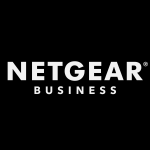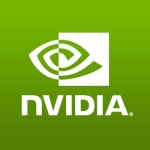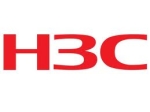What is most valuable?
Remote management and monitoring, multi-layer switching, flexibility, per port configurations, possibility of port aggregation, standard management interface, loads of documentation available from Cisco and Partners, multitude of troubleshooting tools embedded in the OS, QoS.
How has it helped my organization?
Ease of deployment of internal networks, separation of departments traffic, replacement of hubs (and the respective absence of collision related network unavailability), implementation of VoIP, improved configuration and access management.
What needs improvement?
VTP should be configured as Transparent by default.
For how long have I used the solution?
Several years, on different projects.
What was my experience with deployment of the solution?
A close look at each part-number characteristics is recommended, especially regarding the type of Uplink Ports (do you need fiber or copper uplinks for example?) and specific protocols (do you need BGP? is RIPv2 enough, for instance), as some of them are only available in specific models or with additional licenses. Selecting the licensing type can be the slightly tricky part, although you can usually upgrade it later.
What do I think about the stability of the solution?
Not unless it was caused by malfunction or a mixup in configuration.
What do I think about the scalability of the solution?
On the specific cases I used, never. Adding new switches to the networks is painless (but please be careful with the VTP configuration though, as if it’s not configured you do have the possibility of a new switch giving you trouble with the VLAN configuration).
How are customer service and technical support?
Customer Service: Excellent.Technical Support: Besides the great set of documentation available, partner support is usually good, no issues so far, on different projects.
Which solution did I use previously and why did I switch?
Previous configuration was based on a basic router and switch configuration for each separate network, interconnecting at router level. The needs included reducing equipments, add management to the network to allow central monitoring and configuration, and adding new functionalities to the network, as well as having a buildup of different networks to separate traffic.
How was the initial setup?
Straightforward if you’re installing for the first time. If it’s not the first installation, and you have multiple VLANs in place, be careful with the VTP configuration setup, as a misconfigured switch, since it’s on VTP server mode, can give you trouble.
What about the implementation team?
Mixed types of implementations. Mixed expertise levels - some partners have better technicians than others, but never had a case where the technician didn’t leave with the configuration completed.
What was our ROI?
Generally a reduction on the number of equipments to manage, less time to manage and higher uptime.
What's my experience with pricing, setup cost, and licensing?
Day to day costs are the maintenance costs from the manufacturer (different levels available), and part of the time of the IT Team. Setup Costs have depended on projects, and specific setup needs.
Which other solutions did I evaluate?
A few, namely Huawei and HP. While Huawei did allow some of the same characteristics at a lower price, available expertise and documentation, tipped the balance to Cisco, and the greater flexibility and feature set tipped the balance from HP.
What other advice do I have?
Check that it’s the most cost effective solution (it’s very expensive if you only want to connect 4 users and a printer.); Check the model that fits your needs, regarding number of ports, and PoE for instance (no need of PoE for most uses.); Main uses would be to use a solution with multiple internal VLANs (needs at least IP Base License), VoIP implementations, and adding security and manageability to the network; Carefully check what License Feature set you need (there are 3 levels, LAN Base, IP Base, and IP Services), depending on your needs. You may be able to upgrade the software feature set later, but should check ahead.
Disclosure: I am a real user, and this review is based on my own experience and opinions.















